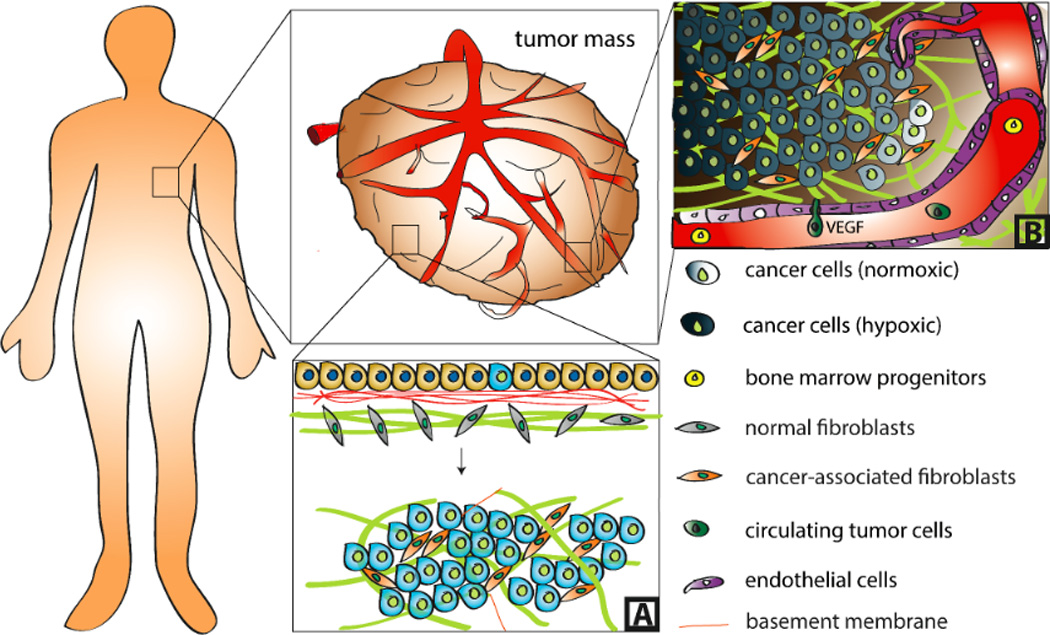Figure 1. Biological and physical changes inherent to the tumor microenvironment.

Tumors are characterized by aberrant tissue organization (A) and mass transport (B). While normal epithelia form sheets that adhere to a layer of basement membrane, which is anchored to the underlying stroma, malignant transformation perturbs this architecture and leads to the development of a 3D tumor mass. During this process, basement membrane integrity is compromised and ECM composition, conformation, and mechanical properties are altered due in part to transformation of normal fibroblasts into cancer-associated fibroblasts (A). Excessive tumor cell proliferation results in diffusion-limited oxygen and waste transport and consequential development of hypoxia and acidosis. This induces secretion of pro-angiogenic factors including VEGF that activate neovascularization via angiogenesis and recruitment of bone marrow progenitors. These newly formed vessels, in turn, enable tumor growth and metastasis by providing vascular conduits for nutrients and extravasated circulating tumor cells, respectively (B).
